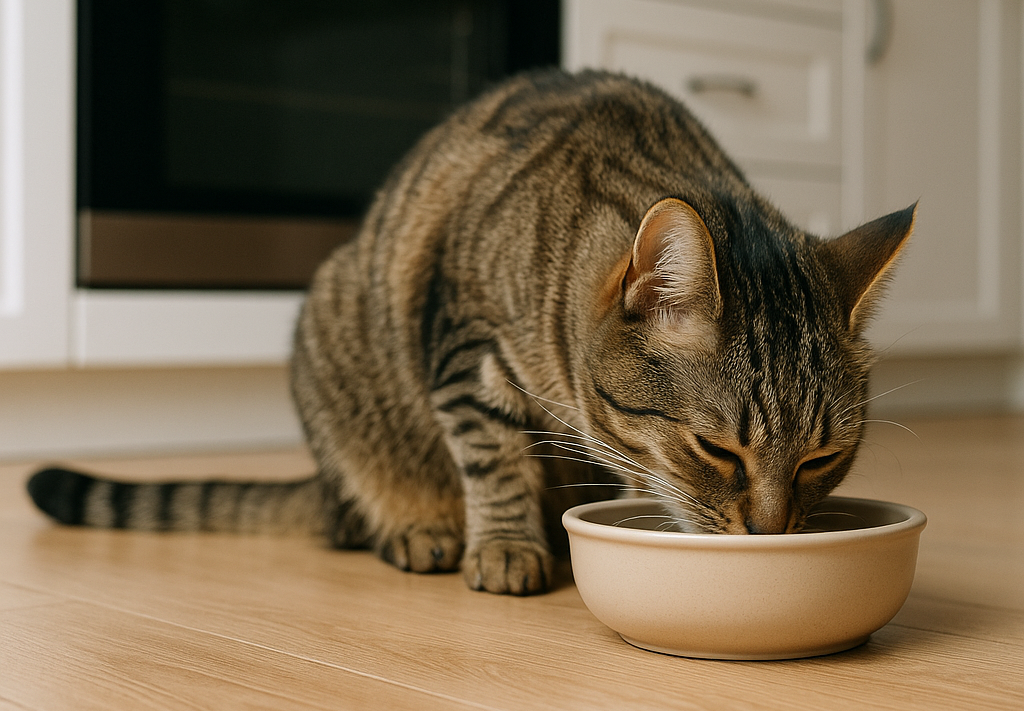Your feline friend might be feeling a bit off, and as cat parents, we’re sure that puts a knot in your stomach. Cats are bound to face problems just like us humans, and if your cat has recently been diagnosed with diabetes, take a deep breath, we understand how troubling it can be, all the vet visits, special diets, injections and so on. That said, if taken care of properly, with the right diet your cat can live a long, happy, and zoomie-filled life.
What is Diabetes in Cats (Feline Diabetes)?
To summarise, feline diabetes occurs when a cat does not produce enough insulin or their body does not react to it properly. This, in turn, results in the cat having high blood sugar which if left untreated can result in unhealthy weight loss, increased thirst and urination, and a myriad of other health complications. The good news? It is manageable, and food happens to be one of the most effective tools at your disposal, with your veterinarian's help, you can give your cat a healthy, happy life.
Is Dry Food Still an Option For Diabetic Cats?
It’s possible that you have come across claims stating that dry food is off the table for diabetic cats. While it may be easier to manage with wet rather than dry food, such a blanket ban on all dry food is fundamentally misguided. The key is to select the appropriate type of dry food with low carbohydrates and high protein content. In other words, you want the little furry fella to have kibble with a nutritional make-up that resembles what he would munch on out in the wild.

The Role of Carbs in Diabetic Cats
Due to its structure, dry cat food usually has a higher carbohydrate content than wet food. The carbohydrate level in most traditional dry cat foods is higher compared to wet food, as it makes it easier to shape the dry food into pellets. The sad reality is that carbs are not a requirement for cats! For a diabetic cat, added carbs can increase blood sugar levels. For someone who feeds their cat dry food, think less cereal and grains and more protein. Always check the ingredient list for starches like corn, wheat, rice, or potatoes and look for low-carb and diabetic-friendly recipes.
What to Look for in A Diabetic-Friendly Dry Food
Here’s what you shouldn’t miss while shopping for your kitty's dry diet food:
- High protein content: go for chicken, turkey, salmon, and other juicy meats.
- Low carbs: a cat’s dry food should not contain more than 10% of total calories from carbs.
- No fillers: avoid artificial flavours, mystery ingredients, or grains which do not add value.
- Added fibre: Some degree of fibre regulates blood sugar, although it is dependent on the kitty.
It is a good idea to consult your veterinarian to ensure your diabetic cat is getting the most nutritious diet possible.
Consult Your Vet First Before Switching Foods
Adoring your cat means that professional advice, like that from a qualified veterinarian, can simplify the calculations for you. Should you require any guidance, a veterinarian can give valuable advice on the right diet and food, particularly if your cat's insulin levels need monitoring.
More Tips for Managing Your Cat’s Diabetes
Caring for a diabetic cat involves a few key routines that can make a big difference in their health.
- Portion control is important—diabetic cats should be fed at specific times rather than being allowed to nibble throughout the day.
- Always ensure your cat has access to fresh drinking water, as diabetes often causes increased thirst; a clean bowl or a cat water fountain can help.
- Consistency is crucial, especially when it comes to insulin and mealtimes, which should happen on a regular schedule every day.
- It's also important to monitor your cat’s weight—losing excess pounds can help lower blood sugar levels and improve the body’s ability to use insulin effectively.





